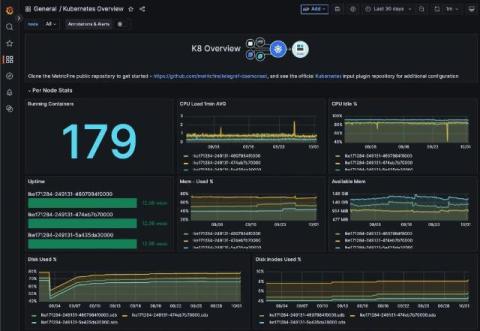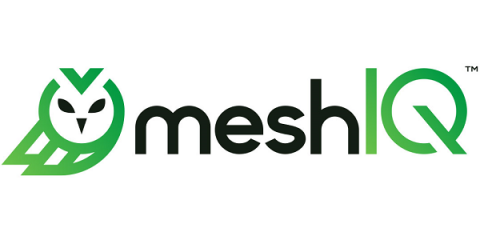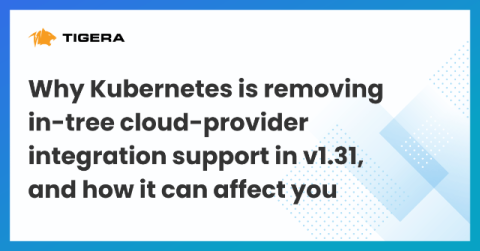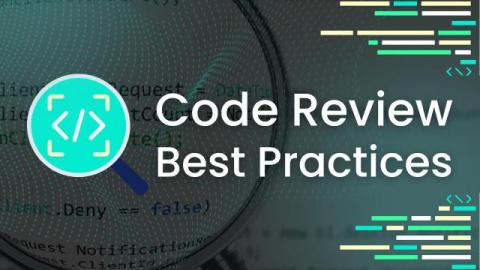What is a vector database?
A vector database is a data storage system that organises information in the form of vectors, which are mathematical representations. These databases are designed to store, index, and query vector embeddings or numerical representations of unstructured data, including text documents, multimedia content, audio, geospatial coordinates, tables, and graphs.











